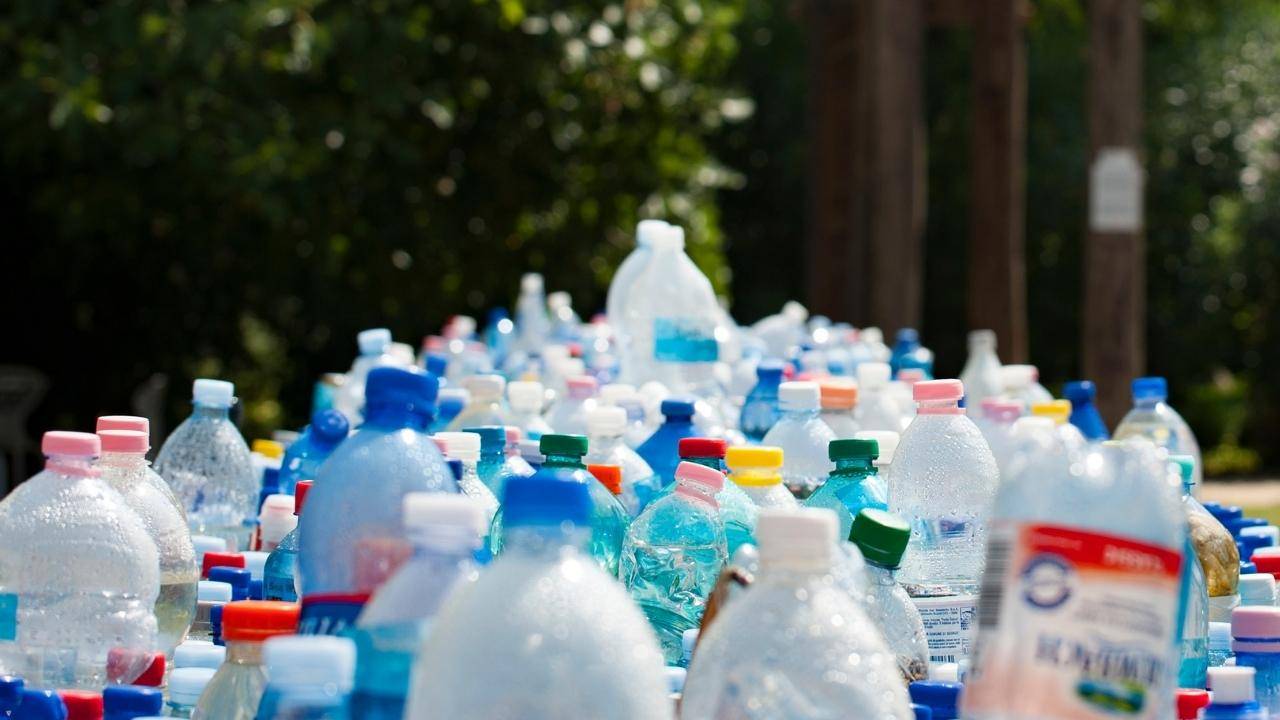Scientists have found that the caterpillar Galleria mellonella, aka wax worm, could be the solution to dealing with the world’s plastic waste. Recent studies have shown that this tiny creature can naturally degrade plastic with its saliva.
The secret to this superpower is an enzyme that attacks all types of plastic and breaks down the chemical structure of polyethylene.
A report in Treehugger had interesting information about this topic.
“The reaction happens within a few hours at room temperature, suggesting that enzymatic breakdown may be a route to making use of polyethylene waste,” Andy Pickford, director of the Centre for Enzyme Innovation at the United Kingdom’s University of Portsmouth, told British newspaper The Guardian.
This is an important part of the discovery. Other types of enzymes can achieve the same thing, but they require heat, and that drives up the carbon footprint of the process.
With this new approach, it could become a lot more energy efficient to deal with mountains of plastic in an efficient way.
The great story behind the discovery comes down to one person putting some of these worms in a sealed plastic bag and then noticing that they had broken down the plastic.
More inspiring green news similar to this:


